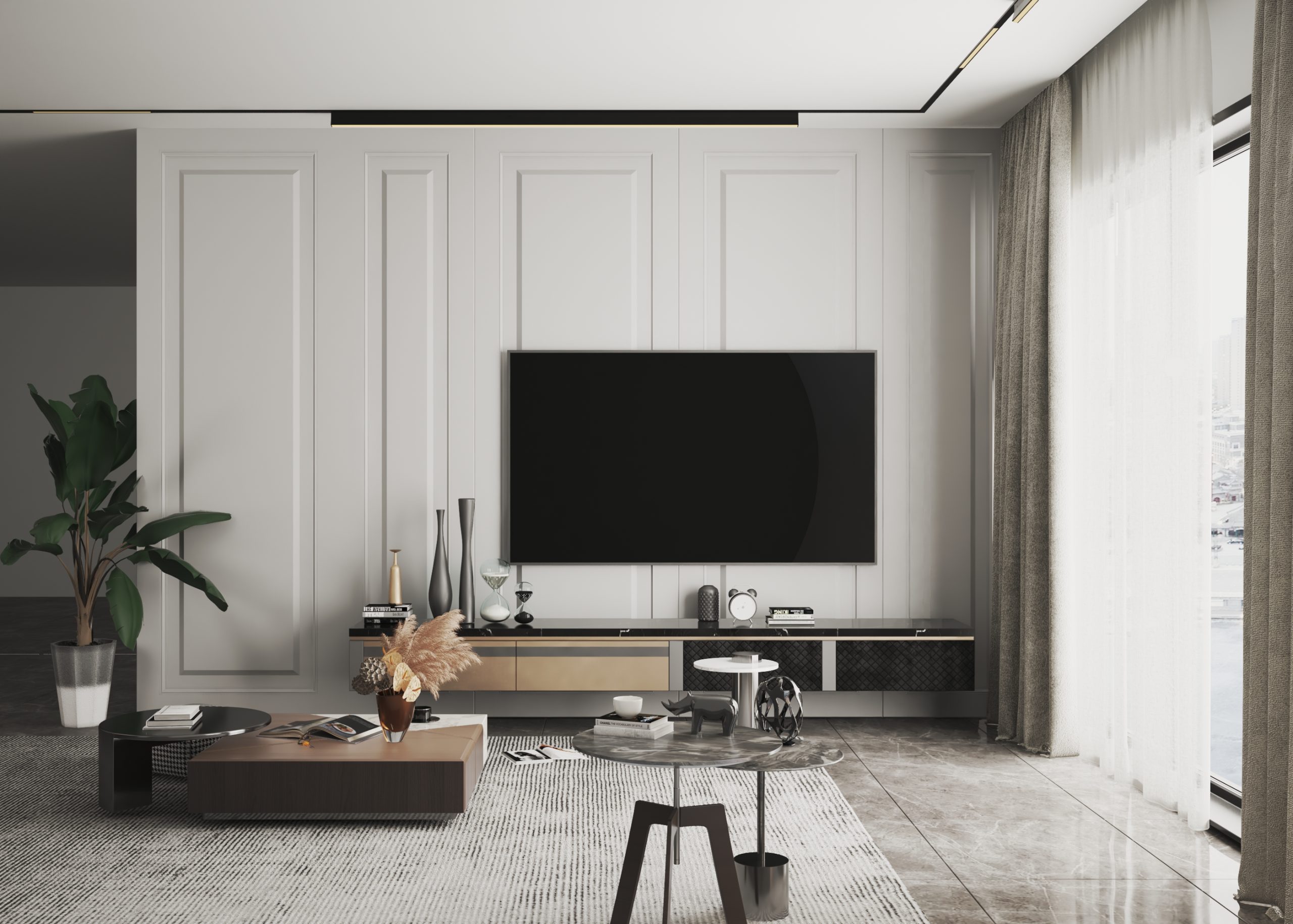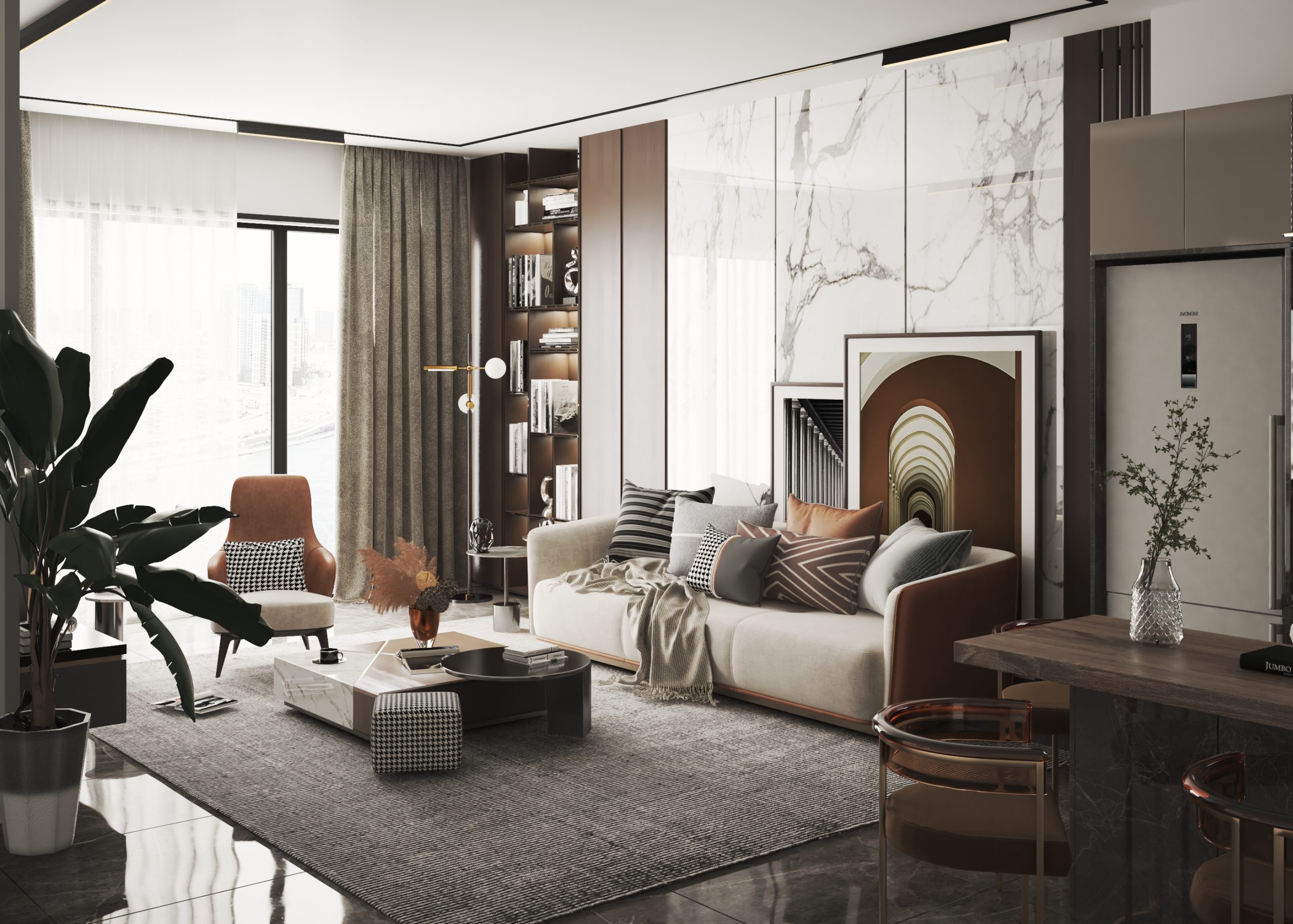Interior Design
We will Help You to Get the Result You Dreamed of
Interior design is more than just arranging furniture in a room; it’s a dynamic blend of art and science that transforms spaces into functional, aesthetically pleasing environments. This article explores the multifaceted world of interior design, delving into its principles, trends, and the impact it has on our daily lives.



The Essence of Interior Design:
At its core, interior design is about enhancing the quality of life by creating spaces that are not only visually appealing but also functional. Designers work with a keen understanding of human behavior, spatial arrangements, and the psychology of colors to craft environments that suit the needs and preferences of their clients.
Spatial Planning:
- Efficient use of available space to optimize functionality and flow.
- Tailoring layouts to accommodate specific activities, whether it’s relaxing, working, or socializing.
Color Psychology:
- Utilizing the psychological impact of colors to evoke certain emotions and set the desired mood.
- Balancing color schemes to create harmony and visual interest within a space.
Trends and Innovations:
Interior design is a dynamic field that evolves with societal shifts, technological advancements, and changing design philosophies.
Sustainability:
- Increasing focus on eco-friendly materials and sustainable practices.
- Integrating energy-efficient solutions for lighting and climate control.
Smart Technology Integration:
- Incorporating smart home devices and automation for convenience and efficiency.
- Blurring the lines between aesthetics and technology to create modern, connected living spaces.
The Role of Interior Design in Well-being:
A well-designed interior can positively impact our mental and emotional well-being. Designers prioritize creating spaces that promote comfort, relaxation, and a sense of belonging.
Biophilic Design:
- Integrating natural elements into interiors to enhance the connection between humans and nature.
- Incorporating indoor plants, natural light, and organic materials for a soothing atmosphere.
Personalization:
- Tailoring designs to reflect the personalities and lifestyles of the occupants.
- Creating spaces that resonate with the individuality of the people who inhabit them.
Challenges and Solutions:
Interior designers navigate challenges such as limited space, budget constraints, and diverse client preferences. Creative problem-solving is a key aspect of the profession.
Adaptability:
- Designing spaces that can adapt to changing needs over time.
- Maximizing flexibility in furniture and layouts to accommodate evolving lifestyles.
Budget-conscious Design:
- Finding cost-effective solutions without compromising on quality or aesthetics.
- Prioritizing key elements that have a significant impact on the overall design.

3D modeling
Studio provides a full range
of 3D interior modeling
ROOM MEASUREMENT
Development of iperfect design
of the project
2d planning
We provide 2D planning
for great visualization

